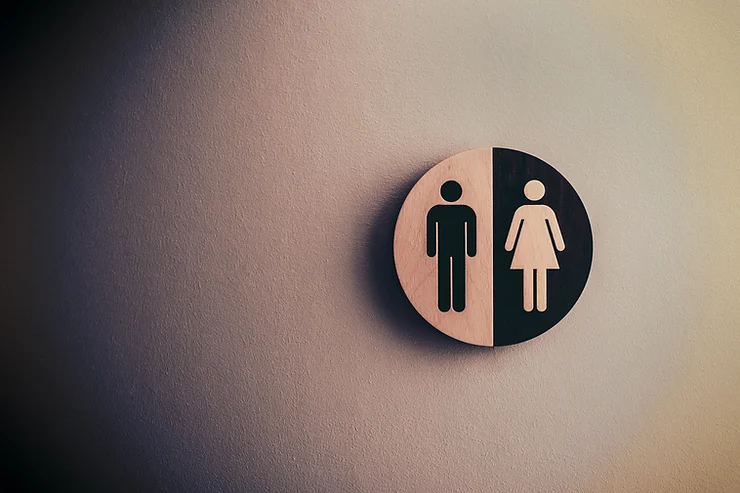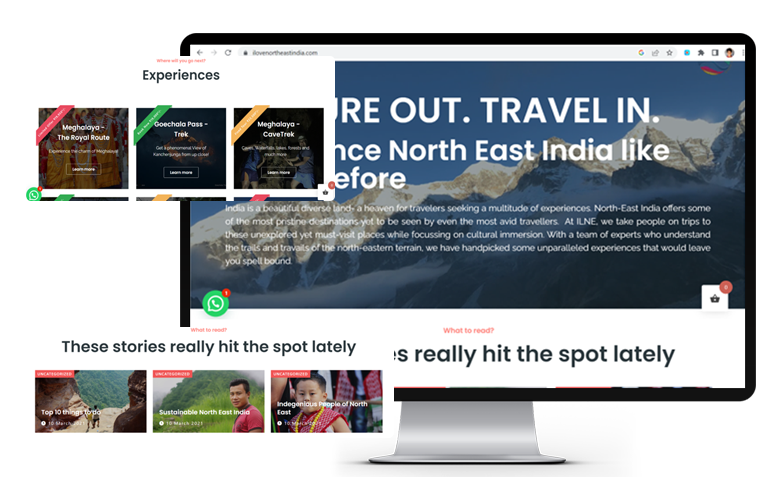
“People buy stories, not products” is not a cliche but a well-documented actuality. But here’s the catch – the stories that we tell as content marketers often misrepresent reality, especially in terms of gender representation. When brands fail to capture the entire spectrum of gender sensibilities in their research, product design, and content, they perpetuate biases that widen the gender divide – Google search data shows that as well.
There has been an underrepresentation of women’s stories in brand content, and a study by the Female Tribes initiative reinforces this observation. 85% of respondents (women) were of the opinion that most of the brands are far from reality when it comes to depicting women-centric roles and responsibilities.
Brands need to see gender representation in the larger context of telling unique, untold stories that can truly connect with their customers. A classic example is that of Vaseline — which told the story of a knife sharpener who uses vaseline products on her cuts to work and remain competitive in a male-dominated industry. The brand moved away from outlining stereotypical roles associated with women and focused on real people, real emotions, and real-world challenges.
Do people search for these stories to reach a brand? What do the search patterns reveal? How can brands cash in on this data?
Google search data reveal that most products are designed for a “middle-aged, middle class, white male” persona. As women don’t fit into this persona, they are forced to specify their gender in the search bar to get relevant results. Queries such as “women’s PPE suppliers”, “women’s full-face helmets”, and “women’s diving masks” are some good examples.
The search patterns also reveal the existing biases, stigmas, and taboos women face in society. For example, in 2020, the number of searches for “self-defence classes for women” were far more than that of “self-defence classes”. Interestingly, no one searched for “self-defence classes for men”. This trend points towards our innate bias – that only women need to master self-defence. By considering such queries, brands can reimagine their offerings and create storylines that appropriately represent the necessities and frustrations of women.
To better understand the mindset and needs of women, brands can look into the following categories of search data.
1. Women’s safety
India, Thailand, and Vietnam were among the top global markets associated with women public safety-related searches in 2020, such as “taser for women ” and “pepper spray for women”. The total number of entries for “women’s helpline number” also went up by 66% as compared to 2018.
An all-female team of a telecommunication brand came up with a solution that ensures safe travel for women who go out to fulfil their professional and other commitments. It provides a range of security and safety features, including location-sharing alerts with up to 10 emergency contacts in emergency or hostile situations.
2. Women’s financial freedom
According to the World Bank, Southeast Asia scores very low when it comes to financial inclusion. Around 80% of the population in Indonesia, the Philippines, and Vietnam isn’t a part of the country’s banking ecosystem. The lack of financial freedom affects women more than men and makes them aggressively lookout for opportunities, as revealed by the search patterns.
Since 2020, people have been googling “loans for women” a lot more (70% more than previous years) in the Philippines, Hong Kong, and Singapore. Across APAC, entries like “equal pay for women,” “scholarship for women” and “online jobs for women at home” have gained a lot of popularity.
The impact of pandemics can also be seen in the search results. For example, in India, the number of entries made for “jobs for women” were 3.2X higher than “jobs for men”. This trend can be attributed to the post-pandemic layoffs that included 59% women.
A Singapore-based startup leveraged this scenario and created an encouraging financial environment for women entrepreneurs in Southeast Asia. It developed a mobile app that provides tailor-made financial services such as loan management, flexible credit, mentor support, and much more. Other brands can certainly take inspiration and seize opportunities like these.
3. Women’s physical appearance
Society shows its bias when it rigidly sets beauty standards for women but not for men. Women are always put under pressure to meet these standards and feel guilty if they fail to do so. For instance, women across APAC are very much aware of the assumptions made about their bodies. In India, the number of queries for “weight loss app for women” (with no searches for a similar app for men) went up by 130% in 2020, whereas in Thailand, the number of queries for “body shaming after pregnancy” went up by 70%.
Through honest and data-driven storytelling brands can dismantle and not perpetuate such biases. A Japanese clothing brand is doing exactly that, by specifically designing for large-sized women. Not being petite or thin herself, the founder has made it her mission to change people’s minds and help them embrace the idea of body positivity in Japan.
Brands can also reorient conversations around taboo subjects such as menstruation. #TouchThePickle was a popular campaign that questioned the irrational taboos around menstruation. The company conducted a research and found that 59% of women are not allowed to touch pickles, venture out of their homes, or water the plants during their periods. The campaign focused on educating 15 million young women and their communities on menstrual hygiene by 2017. Till today, the campaign’s video has garnered more than 2 million views on YouTube.
Conclusion
Gender, social, or cultural representation isn’t a check box that brands need to tick off. It is a much greater responsibility of bringing unheard voices to the fore and gaining much richer dividends as a brand. Apart from addressing generic user personas who have generic problems, brands should also address the needs of extreme personas – users who face socio-economic, cultural, or gender-based challenges. This way, brands can enlarge their canvas in terms of ideas, storytelling, authenticity, and relevance.










